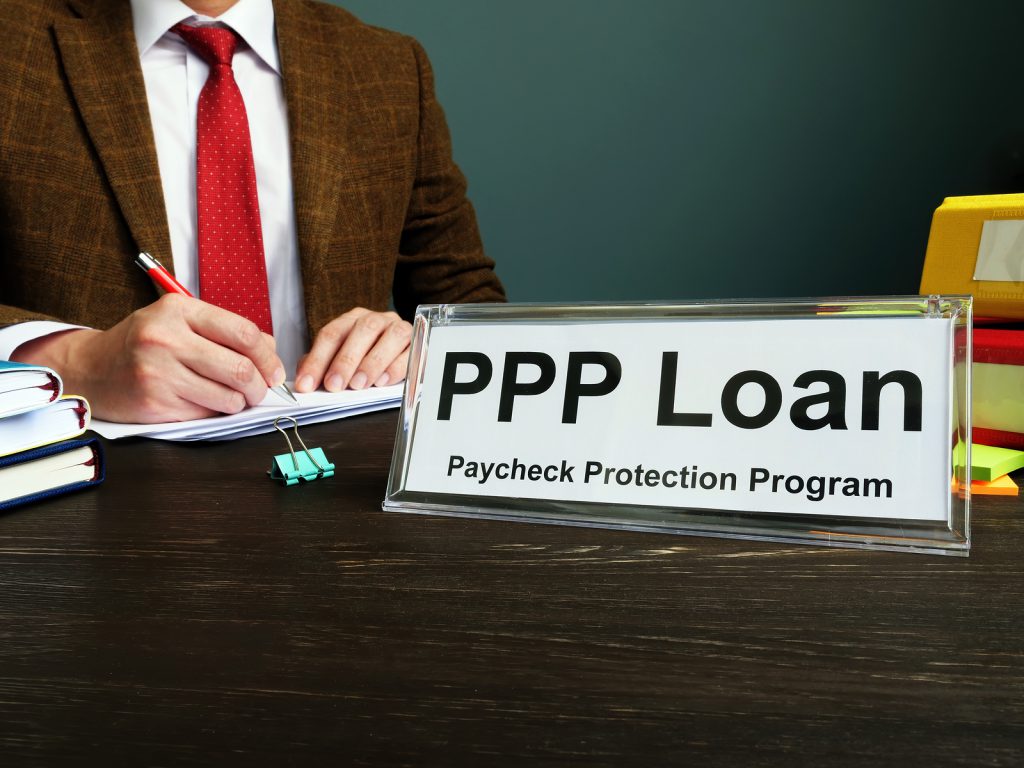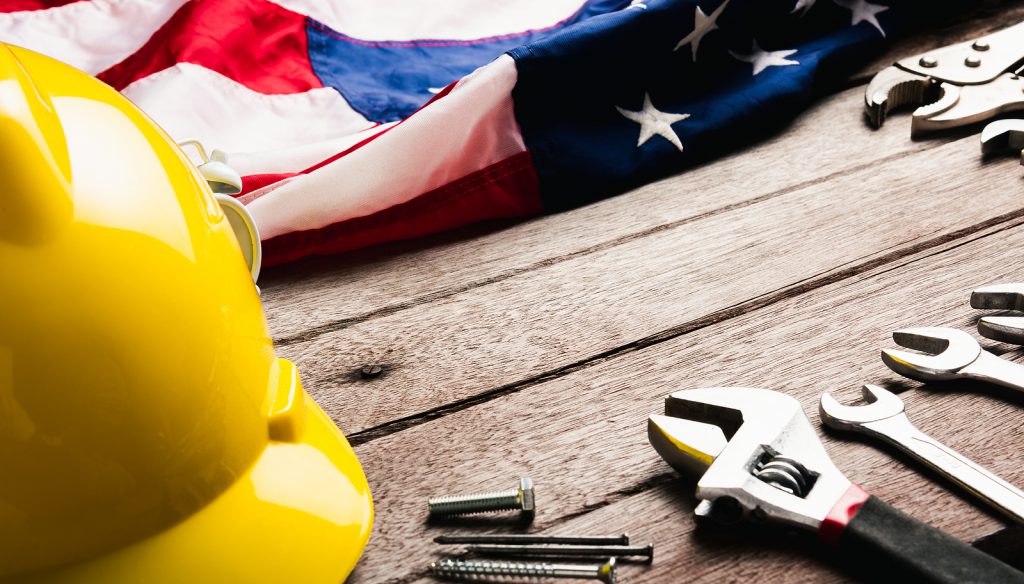Important Changes to Loans under the Paycheck Protection Program

Two loan programs associated with the Small Business Administration (SBA)—the Paycheck Protection Program (PPP) and the Economic Injury Disaster Loans (EIDL)—have been the source of much hope and confusion for small businesses around the country as they have sought for financial assistance while coping with the challenges of COVID-19. Since these programs first entered the national spotlight in March, the SBA has provided additional clarity about the uses and limitations of the programs, and Congress has introduced new relevant legislation. Naturally, business owners using these products want to understand the ins and outs, including any risks. In this post, we take a closer look at the Paycheck Protection Program, and what current borrowers should know about the latest changes.
Note: if your small business has not yet applied for a PPP loan, there is still time. According to the SBA, as of May 30, over $120 billion were still available under the program.
Favorable Changes
Here is a closer look at some of the most favorable changes to the Paycheck Protection Program.
Assumed Good Faith for Many Loans
Perhaps the biggest concern and hesitation business owners faced regarding PPP funding when the program began was language in the application requiring the borrower to certify that the loan was “necessary.” At the time, there was not much guidance on what constituted a “necessary” use of the funds. Many business owners were concerned about potential liability for later being found to have taken a loan they did not actually need. Thankfully, there is good news on this front.
The SBA and the Department of the Treasury announced that “Any borrower that, together with its affiliates, received PPP loans with an original principal amount of less than $2 million will be deemed to have made the required certification concerning the necessity of the loan request in good faith.” This means that many small businesses (those that borrowed less than $2 million) do not have to worry about proving their good faith, and the SBA will not inquire as to whether their loan was “necessary.”
Audit Concerns
On the other hand, loans greater than $2 million will be more carefully scrutinized. In fact, the SBA and Treasury announced that they will “review” (meaning “audit”) all forgiveness applications for loans over $2 million. With that said, this does not mean that small businesses with smaller loans are completely immune from an audit or from a decision that their entire loan will not be forgiven. The SBA published an Interim Final Rule on June 4, stating that “SBA may begin a review of any PPP loan of any size at any time in SBA’s discretion.” It is unclear what purpose will be served by review of smaller loans. Some experts think that such reviews may be limited to focusing on fraud prevention, rather than cracking down on innocent mistakes that occurred during the application process.
The takeaway? Small businesses that took relatively small loans under the PPP probably face a very small risk of an audit. The SBA will focus its resources on loans over $2 million. However, all small businesses should ensure compliance with the program’s terms so that they may receive full loan forgiveness (more on the forgiveness process below).
Changes under the PPP Flexibility Act
The President has signed the Paycheck Protection Program Flexibility Act of 2020 (PPPFA) into law and borrowers can take advantage of the following favorable changes.
- -Extended forgiveness timeline
- Originally businesses had an eight-week period to qualify for forgiveness. The PPPFA extends this to a 24-week period from the date of the loan or December 31, whichever is earlier.
- Lower Payroll Expense Requirement
- Previously, the SBA announced the requirement that businesses spend at least 75 percent of the loan funds on payroll. Under the PPPFA, this requirement is lowered to 60 percent.
- Deferred employer payroll taxes
- Previously, small businesses that had PPP loans forgiven would be unable to use the payroll tax deferral benefit. The PPPFA removes this restriction.
- Extended safe harbor timeline for businesses to rehire full-time employees and restore their wages
Note: For a more detailed look at the PPPFA, see the legislation itself or this detailed overview.
What to Know about Forgiveness
You may be wondering about the specific process for having a PPP loan forgiven. The SBA has published the Forgiveness Application, which must be submitted to a borrower’s lender. It may look intimidating, but it can be broken down into a three parts: the Loan Forgiveness Calculation Form, Schedule A, and the Schedule A Worksheet (or an equivalent proper payroll report). The law firm Wiley has put together some helpful guidance on the application, and the application itself includes instructions. Borrowers may also be able to consult with their lender for assistance with the application.
Applicants will also need to submit supporting documentation with their application. This includes payroll documentation, along with documentation of any eligible non-payroll expenses. In addition, borrowers must supply documentation of the number of full-time employees.
Record Retention Requirement
One more thing to know—businesses who receive forgiveness must keep relevant records for six years, according to the SBA and the text of the Forgiveness Application. The following records are subject to this requirement: “All records relating to the Borrower’s PPP loan, including documentation submitted with its PPP loan application, documentation supporting the Borrower’s certifications as to the necessity of the loan request and its eligibility for a PPP loan, documentation necessary to support the Borrower’s loan forgiveness application, and documentation demonstrating the Borrower’s material compliance with PPP requirements.”
The Bottom Line
The Paycheck Protection Program is a vital resource to many businesses. New changes make the program more favorable to borrowers, and those borrowing less than $2 million can breathe at least a small sigh of relief. However, borrowers should be careful to meet the program requirements so that their loans can be forgiven.



